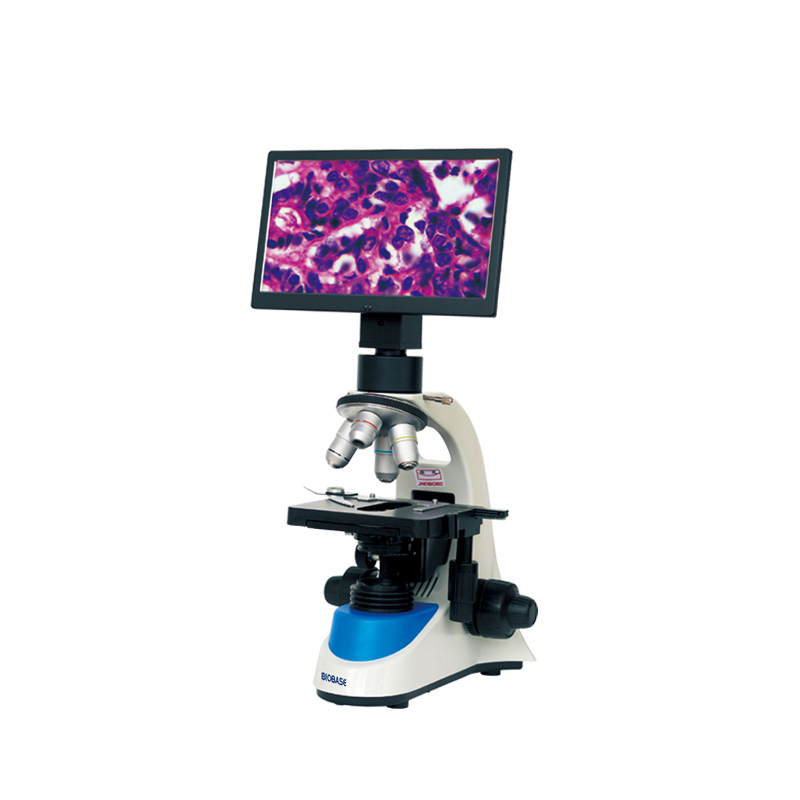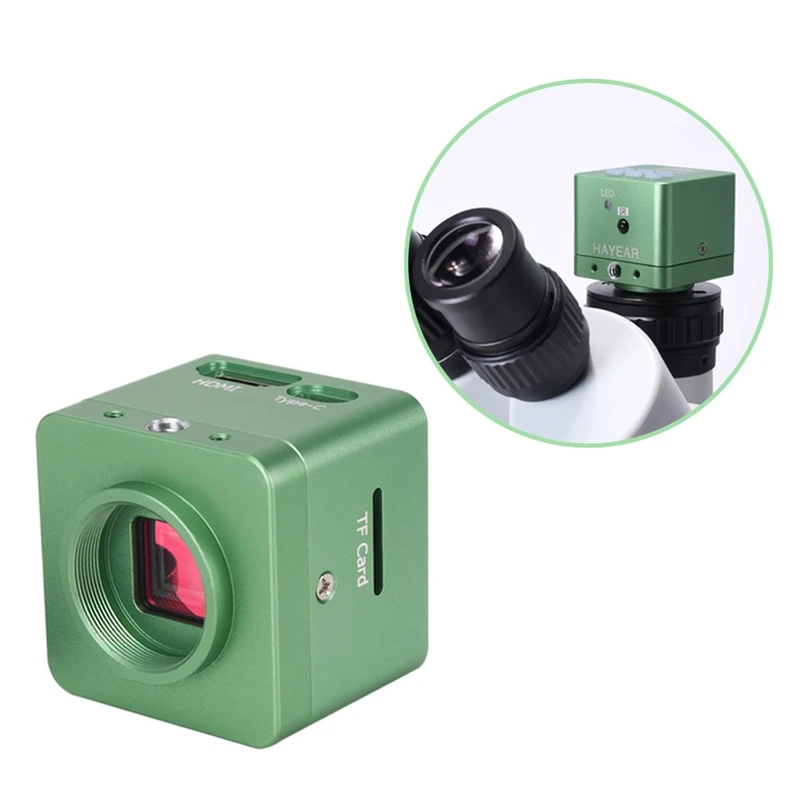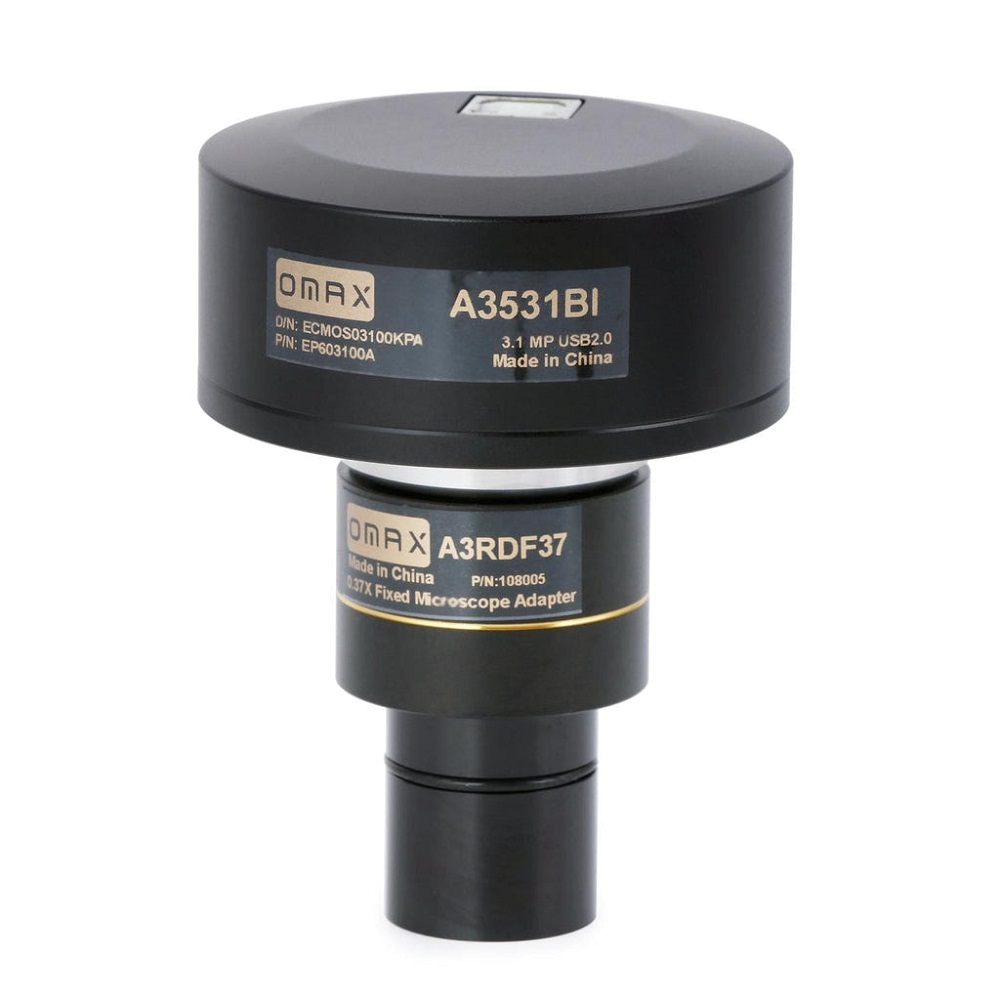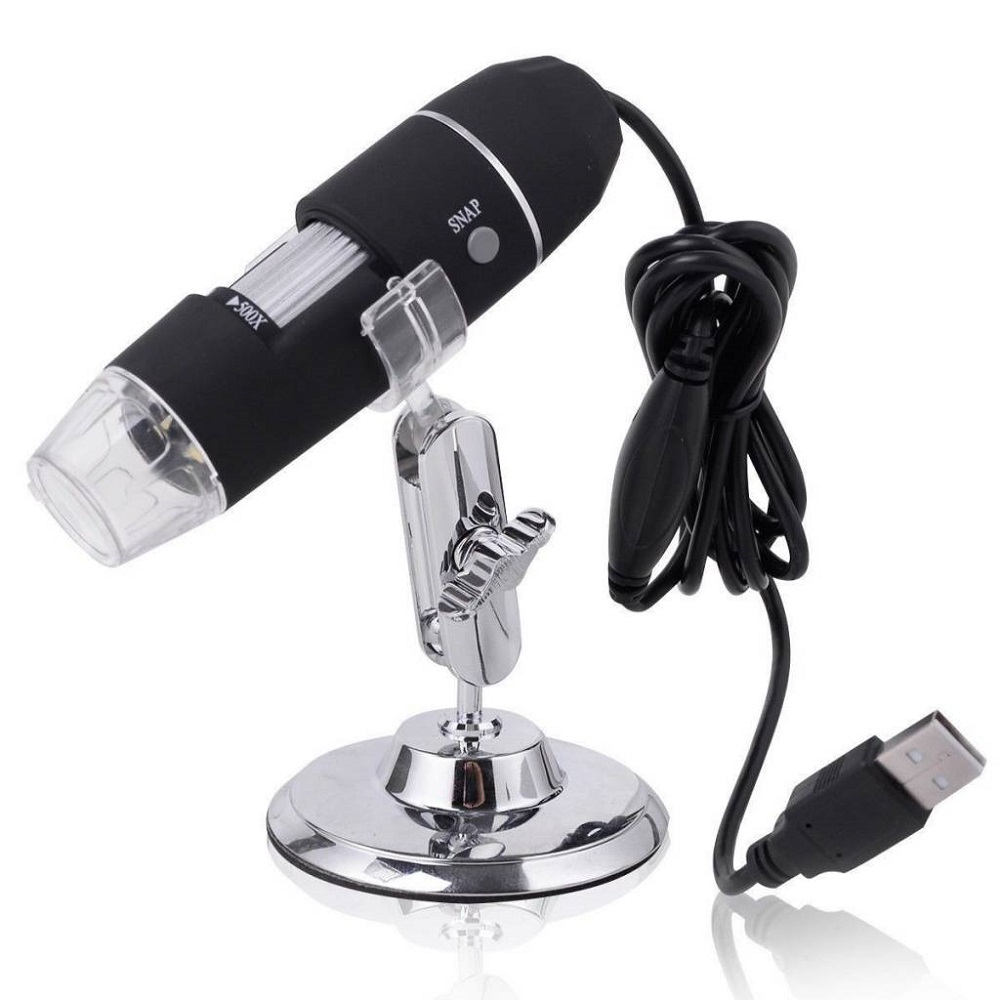Choosing the right microscope camera can significantly impact the quality and efficiency of your research. With advancements in technology, a wide variety of microscope cameras are available to suit various applications. Whether you are working in biology, materials science, or education, selecting a camera that meets your specific needs improves your workflow and enhances your results. This article provides a comprehensive guide to help you choose the right microscope camera for your research.
Understand Your Research Needs
Determine Your Applications
Before selecting a microscope camera, take time to understand your specific research applications. Different fields have unique requirements, and identifying these needs is crucial for making an informed decision. For instance, a biologist examining cellular structures may require high-resolution images, while a materials scientist might need a camera capable of capturing surface details at different scales.
Consider the types of specimens you will observe and whether you need to capture static images or record video. If your research involves live-cell imaging, look for cameras that perform well under variable lighting conditions and offer real-time imaging capabilities. Understanding your applications will guide you in selecting the appropriate features and specifications in a microscope camera.
Evaluate Desired Features
Once you know your research needs, evaluate the essential features for your microscope camera. Determine if you require specific features such as high sensitivity, fast frame rates, or software compatibility. Features like adjustable exposure time and color calibration can significantly affect image quality and accuracy.
Research the common specifications associated with various applications. For instance, a camera with a higher pixel count is critical for capturing fine details seen in microscopy, while a camera with video recording capabilities may be essential for dynamic studies. Aligning these features with your research goals will streamline your decision-making process.

Consider Sensor Types
CCD vs. CMOS Sensors
The type of sensor in your microscope camera plays a vital role in determining image quality. The two most common sensor types are CCD (Charge-Coupled Device) and CMOS (Complementary Metal-Oxide-Semiconductor). Each sensor type has distinct characteristics that influence performance.
CCD sensors typically offer better image quality, especially in low-light situations, and generate less noise than CMOS sensors. This increased sensitivity makes CCD cameras popular for biological applications where clear and detailed images are crucial. However, CCD sensors may be slower and consume more power.
CMOS sensors, on the other hand, are generally faster and consume less power, making them suitable for high-speed imaging or video applications. They have improved significantly over recent years, leading to higher image quality compared to earlier models. Selecting the appropriate sensor type aligns with your specific research requirements, whether you prioritize speed, sensitivity, or overall quality.
Resolution and Pixel Size
Along with sensor type, consider the resolution of the camera. Higher-resolution cameras capture more detail, making them essential for observing intricate structures. For most research applications, a resolution of at least 5 megapixels is recommended, while higher-end applications may benefit from cameras offering 10 to 20 megapixels or more.
Don’t forget to evaluate pixel size. Smaller pixel sizes can lead to improved spatial resolution, although they may introduce noise if the sensor sacrifices light sensitivity. While larger pixels may gather more light, they aren’t always better for your specific needs. Assess the trade-offs and choose a resolution that suits your research without overcommitting to unnecessary specifications.

Check Compatibility with Your Microscope
Adapters and Mounting Systems
Before purchasing a microscope camera, ensure it is compatible with your existing microscope. Compatibility includes various factors, such as the optical system, focusing mechanism, and mounting requirements. Most microscopes require specific adapters to fit a camera, so check whether your selected camera includes the appropriate adapter or if you need to purchase one separately.
Consider the microscope’s optical configuration as well. If your setup uses a trinocular head or has a camera port, ensure the camera can fit easily into that port. Investigate the manufacturer’s recommendations for compatible cameras or adapters to avoid compatibility issues.
Optical Considerations
Also, assess the optical specifications of your microscope. The numerical aperture, which directly affects resolution and contrast, can impact how well a camera captures images. Ensure your camera meets the optical capabilities of your microscope to achieve the best results. Comprehending the interaction between your microscope’s optics and the camera will help you make a suitable selection.
Explore Software Features
User-Friendly Interfaces
The software accompanying your microscope camera significantly influences your overall experience. Opt for cameras that come with user-friendly software, allowing you to configure settings and access image analysis tools easily. The software should offer a clean interface, enabling both novice and experienced users to navigate its functions effortlessly.
Additionally, verify whether the software supports your operating system (Windows or macOS) and if it offers any cloud-based options for storage and sharing. Software compatibility ensures you can integrate your camera seamlessly into your existing workflow and enhances your research capabilities.
Image Analysis Tools
Depending on your research application, consider camera software that includes image analysis features. These tools can enhance your data evaluation processes, enabling you to analyze measurements, manipulate images, and perform quantifications directly from the camera’s software.
Look for features such as measurements, overlays, and enhanced image processing capabilities. Software that facilitates documenting and sharing findings can significantly aid analysis and presentation, ensuring effective communication of your results.

Consider Your Budget
Setting a Realistic Budget
Pricing for microscope cameras can vary widely based on specifications, brand, and features. Before beginning your search, set a realistic budget that aligns with your research funds and project needs. A high price tag does not automatically guarantee better quality; therefore, prioritize essential features versus optional extras.
Explore Options Within Your Budget
Once you have a budget in mind, explore the available options without compromising essential features tailored to your needs. Researching different brands and types helps you identify models that offer the best value for your money. Reading reviews and conducting comparisons can refine your options to find the ideal balance of performance and cost.
Consider purchasing from reputable brands that offer warranties or customer support, which can further enhance your investment’s overall value. Investing in quality can yield better results in your research, making it a worthwhile consideration.
Assess Portability and Durability
Weight and Size Considerations
Portability is vital, especially if you plan to move the camera frequently between labs or research sites. When evaluating microscope cameras, consider their weight and size. Lighter models will make transportation easier, but you must also ensure that the camera is sturdy enough to withstand fieldwork or transportation.
Choosing a compact camera may also help if you have limited space in your lab or workspace. Examine the dimensions of the camera relative to your microscope setup, ensuring adequate room for manipulation without impacting ease of use.
Build Quality and Longevity
Durability should not be overlooked, particularly in research environments where equipment undergoes wear and tear. Select a camera made from high-quality materials that can withstand daily use and the potential rigors of field research. Consider cameras with rugged designs or those that have protective features, such as weather sealing if you need to work in outdoor settings or harsh conditions.
Investing in a durable camera ensures it can serve your research needs over time, reducing the likelihood of needing repairs or replacements.
Seek Recommendations and Reviews
Talk to Peers and Experts
Consulting with colleagues or peers within your field can offer valuable insights when choosing a microscope camera. Reach out to those with experience using different models and inquire about their recommendations or preferences. Learning from real-world experiences can clarify which brands and features perform well in practice.
Consider attending workshops, conferences, or seminars where you can observe demonstrations or talk to manufacturers. Engaging with experts in the field allows you to ask specific questions and gain first-hand knowledge about various options available.
Read Online Reviews
In addition to personal recommendations, research online resources and read user reviews. Websites, forums, and scientific publications often provide extensive evaluations of microscope cameras, highlighting performance, usability, and advantages or disadvantages. Reviews from other researchers can provide a complete overview of specific models and allow you to make an informed decision based on collective experiences.
By conducting thorough research and fostering relationships with experienced users, you will be better equipped to choose the ideal microscope camera that aligns perfectly with your research needs.
Making an Informed Decision
Choosing the right microscope camera is critical for maximizing your research potential. By understanding your specific applications, evaluating sensor types, considering compatibility, and assessing features, you can find a camera that enhances your work. Weighing your budget, portability, and durability against peer recommendations and reviews will guide your search toward an informed decision.
Taking the time to explore these various factors enables you to invest in a microscope camera that meets and exceeds your expectations, ultimately aiding your research efforts. As technology advances, ensuring your equipment aligns with your goals remains essential for success. With the right camera by your side, you’ll capture precise images, gather valuable data, and contribute significantly to your field of study. Happy researching!
